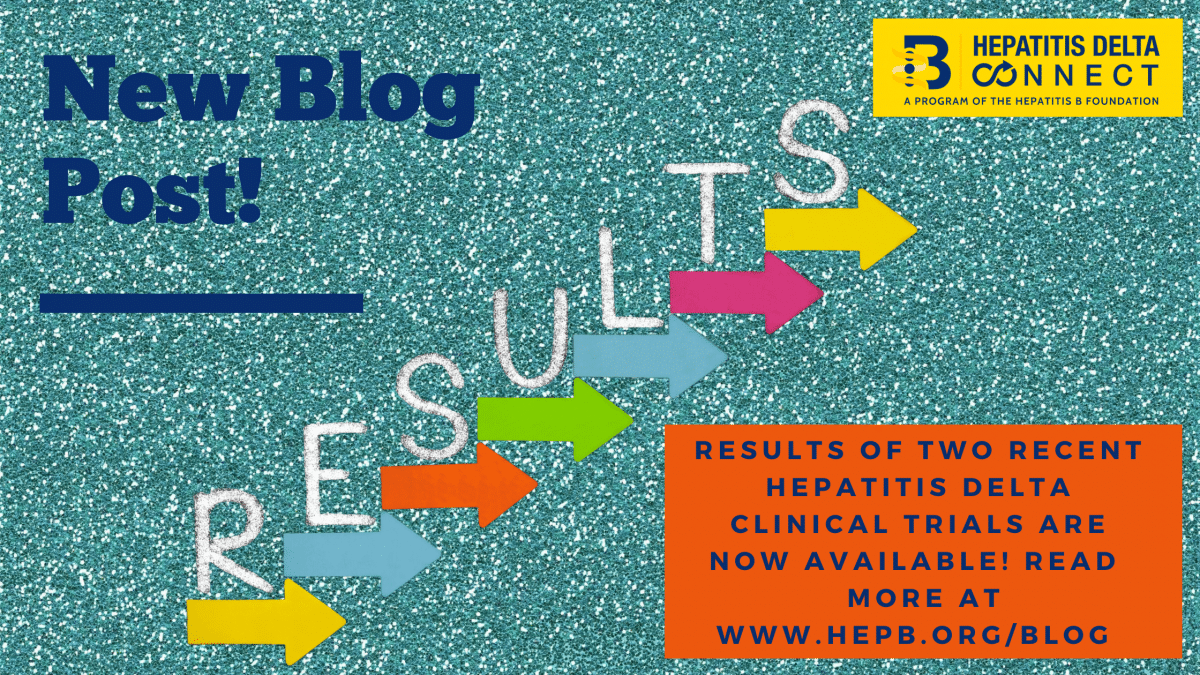
Prevalence in The United States
The Centers for Disease Control and Prevention (CDC) estimates 850,000 to 2.2 million individuals are living with hepatitis B in the United States.2 Of those individuals, an estimated 0.9% to 11.4% for HBsAg (active, infectious HBV) and 6.5% to 42.6% for HBcAb (ever infected) of people experiencing incarceration are living with hepatitis B.2
Prevalence Internationally
Researchers have conducted various studies in different countries to determine hepatitis B prevalence. For example, a study in Iran found a prevalence of HBV DNA in incarcerated individuals at 2.1%.1 Another study in Mexico City tested over 15,500 men experiencing incarceration and almost 1,800 women experiencing incarceration and found the rate of HBcAb among men was 2.8% and among women, 3.0%. The rate of HBsAg was 0.1% among men and 0.3% among women.1
Risk Factors
Hepatitis B is transmitted through blood, semen, and other bodily fluids.1 Routes of transmission among incarcerated individuals include sharing needles and cookers or other injection drug paraphernalia, sharing tattoo paraphernalia, sharing razors, and having unprotected sex with someone living with hepatitis B.3 Because of policies in the United States criminalizing injection drug use and sex work, correctional facilities are more likely to have higher concentrations of individuals engaging in these risky behaviors. Additionally, sterile equipment is sometimes inaccessible and sharing drug injection equipment is common in correctional facilities which contributes to an increased risk of individuals contracting hepatitis B while experiencing incarceration.3
Recommendations
U.S. Preventive Services Task Force (USPSTF) recommends hepatitis B screening for all high-risk adult individuals which include people experiencing incarceration. However, The Hepatitis B Foundation urges a recommendation for universal screening because it would allow for individuals experiencing incarceration to lower their risk of contracting hepatitis B in correctional settings.
Opt-out vaccine programming is another strategy that can help to prevent the spread of hepatitis B in correctional facilities. However, it is also important for individuals at correctional facilities to be screened before they are vaccinated, to identify those who are already infected. Additionally, when public health professionals implement opt-out hepatitis B vaccination and/or screening programs in correctional facilities, they must ensure clear communication so that program recipients understand what they are being screened/vaccinated for, and that testing/vaccination is voluntary.4 Being diagnosed with a chronic infectious disease can be daunting, and some would rather not know their status, which is important to recognize and respect. Public health professionals also need to recognize the challenges associated with designing vaccination programs in correctional facilities. It is important to design a sustainable program which emphasizes continuous medical care for individuals who test positive for hepatitis B throughout incarceration, even with challenging situations like transfers, and reintegration back into their communities.1
Correctional facilities should consider providing treatment options for people experiencing addiction as well as utilizing a harm reduction approach to provide sterile injection and tattoo equipment to reduce the risk of hepatitis B transmission.1
References
- Smith JM, Uvin AZ, Macmadu A, Rich JD. Epidemiology and Treatment of Hepatitis B in Prisoners. Curr Hepatol Rep. 2017;16(3):178-183. doi:10.1007/s11901-017-0364-8
- https://www.cdc.gov/hepatitis/hbv/hbvfaq.htm
- Gupta S, Altice FL. Hepatitis B virus infection in US correctional facilities: a review of diagnosis, management, and public health implications. J Urban Health. 2009;86(2):263-279. doi:10.1007/s11524-008-9338-z
- Rosen DL, Golin CE, Grodensky CA, et al. Opt-out HIV testing in prison: informed and voluntary?. AIDS Care. 2015;27(5):545-554. doi:10.1080/09540121.2014.989486
Author: Evangeline Wang, Program Coordinator
Contact Information: info@hepb.org




